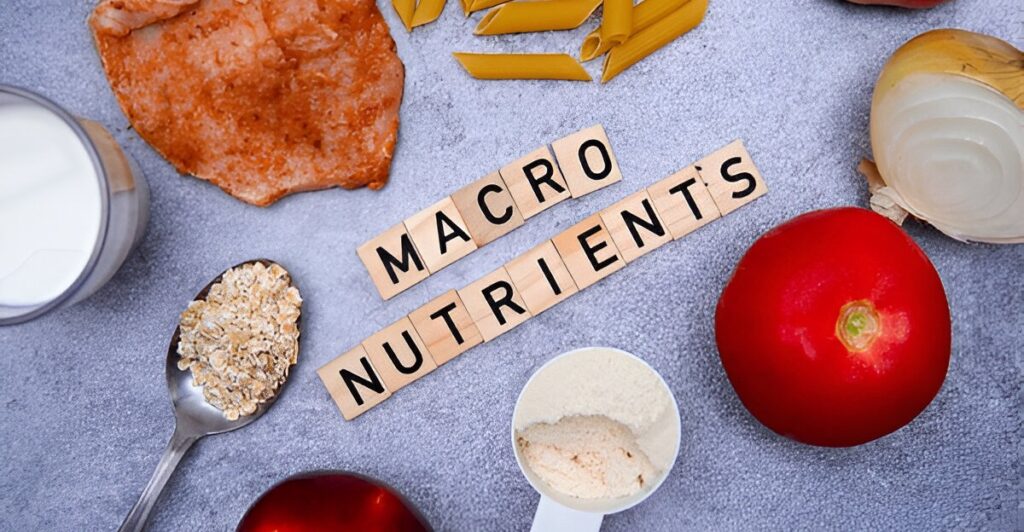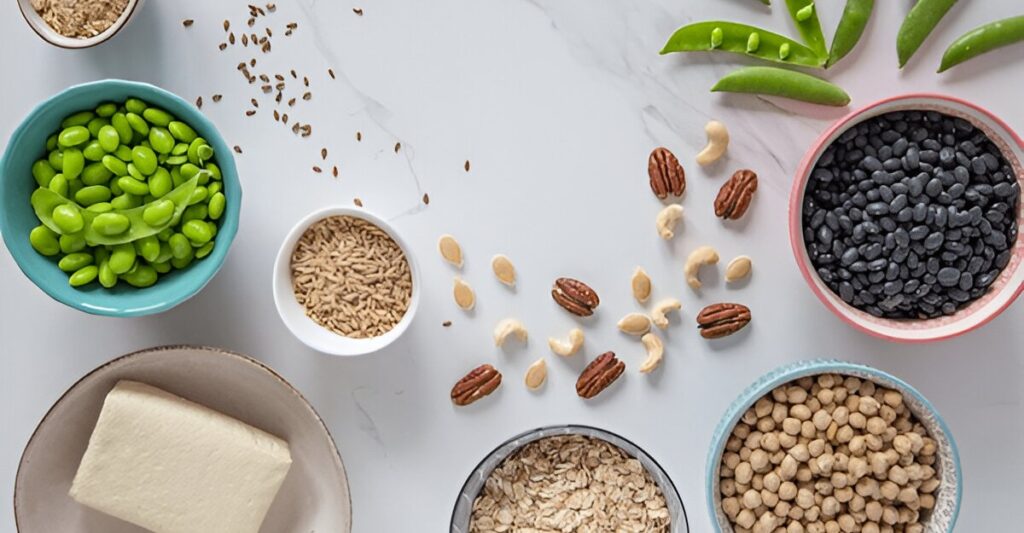Cravings can strike at any moment—a sudden urge for chocolate, a yearning for salty chips, or a longing for a creamy dessert. These intense desires are normal, yet they often come with guilt, especially if you’re trying to eat healthily. The good news? You can learn how to handle cravings without guilt, making peace with your food choices while staying aligned with your wellness goals. In this article, we’ll explore why cravings happen, how to manage them mindfully, and ways to enjoy food without derailing your healthy eating habits.
Why Do Cravings Happen?
Cravings are your body’s or mind’s way of signaling a need, but they’re not always about hunger. Understanding the root causes can help you handle cravings effectively. Common triggers include:
- Nutrient Imbalances: A lack of certain nutrients, like protein or healthy fats, can spark cravings for specific foods.
- Emotional Triggers: Stress, boredom, or sadness often lead to cravings as a form of comfort or distraction.
- Hormonal Changes: Fluctuations during menstrual cycles, pregnancy, or other hormonal shifts can intensify food desires.
- Environmental Cues: Seeing or smelling food, like passing a bakery, can trigger cravings even if you’re not hungry.
- Habitual Patterns: Regularly eating sweets after dinner can create a psychological craving for dessert.
By recognizing these triggers, you can take proactive steps to handle cravings without feeling deprived or guilty.
How to Handle Cravings Without Guilt: Practical Strategies
Cravings don’t have to sabotage your health goals. These mindful strategies will help you handle cravings in a balanced, guilt-free way.
1. Pause and Assess
When a craving hits, pause for a moment before acting on it. Ask yourself:
- Am I physically hungry?
- Is this craving driven by emotions, boredom, or habit?
- What does my body really need right now?
This brief check-in helps you handle cravings by distinguishing between true hunger and other triggers. If you’re not hungry, try addressing the underlying need—like drinking water for thirst or taking a walk for stress.
2. Don’t Demonize Cravings
Cravings are a normal part of being human, not a sign of weakness. Instead of feeling guilty, reframe cravings as an opportunity to listen to your body. Accepting cravings without judgment makes it easier to handle them mindfully and avoid the guilt cycle.
- Tip: Replace “I shouldn’t want this” with “It’s okay to crave this—what’s the healthiest way to enjoy it?”
3. Satisfy Cravings in Moderation
Depriving yourself of craved foods can lead to overeating later. Instead, handle cravings by enjoying a small portion of the food you want. For example:
- Craving chocolate? Have a square or two of dark chocolate instead of the whole bar.
- Want chips? Serve a small bowl rather than eating from the bag.
Moderation allows you to satisfy the craving without derailing your diet, keeping guilt at bay.
4. Choose Healthier Alternatives
Sometimes, you can handle cravings by opting for nutrient-dense alternatives that mimic the flavor or texture you’re seeking. These swaps satisfy your taste buds while supporting your health:
- Sweet Cravings: Try fresh fruit, Greek yogurt with honey, or a smoothie with berries.
- Salty Cravings: Reach for air-popped popcorn, roasted chickpeas, or lightly salted nuts.
- Creamy Cravings: Blend avocado into a dip or enjoy a small serving of full-fat yogurt.
These alternatives nourish your body and reduce the likelihood of guilt.
5. Balance Your Meals
A well-balanced diet can prevent intense cravings by keeping your body nourished and satisfied. To handle cravings proactively, ensure your meals include:
- Protein: Eggs, chicken, or lentils to promote fullness.
- Healthy Fats: Avocado, nuts, or olive oil to stabilize blood sugar.
- Complex Carbs: Quinoa, sweet potatoes, or whole grains for sustained energy.
- Fiber: Vegetables and fruits to support digestion and satiety.
Balanced meals reduce the frequency and intensity of cravings, making them easier to manage.
6. Practice Mindful Eating
Mindful eating is a powerful tool to handle cravings without guilt. When you indulge in a craved food, do so with full awareness:
- Eat slowly, savoring each bite.
- Focus on the taste, texture, and aroma.
- Avoid distractions like TV or your phone.
- Stop when you’re satisfied, not overly full.
Mindful eating helps you enjoy the food fully, reducing the urge to overeat and eliminating guilt by making the experience intentional.
7. Address Emotional Triggers
If cravings stem from emotions like stress or boredom, find non-food ways to cope. To handle cravings triggered by feelings:
- For Stress: Try deep breathing, meditation, or a quick yoga session.
- For Boredom: Engage in a hobby, read, or call a friend.
- For Sadness: Journal your thoughts or listen to uplifting music.
By addressing the root cause, you’ll reduce emotional eating and feel more in control.
8. Keep Craved Foods Out of Easy Reach
Your environment influences how you handle cravings. If certain foods trigger overeating, store them out of sight or avoid keeping them at home. For example, keep cookies in a high cabinet rather than on the counter. Instead, stock your kitchen with healthier options like fruit or nuts for when cravings strike.
- Tip: Pre-portion tempting foods into small servings to avoid mindless eating.
9. Stay Hydrated
Thirst is often mistaken for hunger or cravings. Drinking enough water can help you handle cravings by keeping your body hydrated and reducing false hunger signals. Aim for 8–10 cups of water daily, and sip water when a craving hits to see if it subsides.
- Tip: Add lemon, cucumber, or mint to water for a refreshing twist.
10. Be Kind to Yourself
Guilt often comes from unrealistic expectations about “perfect” eating. If you indulge in a craving and feel you overdid it, let go of the guilt. Reflect on what happened, learn from it, and move forward with your next meal. Self-compassion is key to handling cravings sustainably and maintaining a healthy relationship with food.
Common Mistakes to Avoid
When learning how to handle cravings, steer clear of these pitfalls:
- Complete Restriction: Banning craved foods can lead to bingeing. Allow small indulgences to stay balanced.
- Ignoring Hunger: Skipping meals or undereating can intensify cravings. Eat regular, balanced meals.
- Relying on Willpower Alone: Environment and habits matter more than sheer discipline. Set up your space for success.
- Judging Yourself: Negative self-talk fuels guilt. Focus on progress, not perfection.
How Handling Cravings Fits Into a Healthy Lifestyle
Handling cravings without guilt is part of a holistic approach to wellness. Complement these strategies with:
- Balanced Nutrition: Eat nutrient-dense foods to minimize cravings caused by deficiencies.
- Regular Exercise: Physical activity can reduce stress and improve mood, lowering emotional cravings.
- Adequate Sleep: Aim for 7–9 hours to regulate hunger hormones and reduce cravings.
- Mindfulness Practices: Meditation or journaling can enhance awareness around food choices.
Conclusion
Learning how to handle cravings without guilt is a powerful step toward a healthier, more balanced relationship with food. By pausing to assess, satisfying cravings in moderation, choosing healthier alternatives, and practicing mindful eating, you can enjoy your favorite foods without derailing your goals. Start with one or two strategies, like keeping a water bottle handy or savoring a small treat mindfully, and build from there. With patience and self-compassion, you’ll find that cravings become manageable, leaving you free to focus on nourishing your body and living well. Here’s to eating with joy and confidence!



